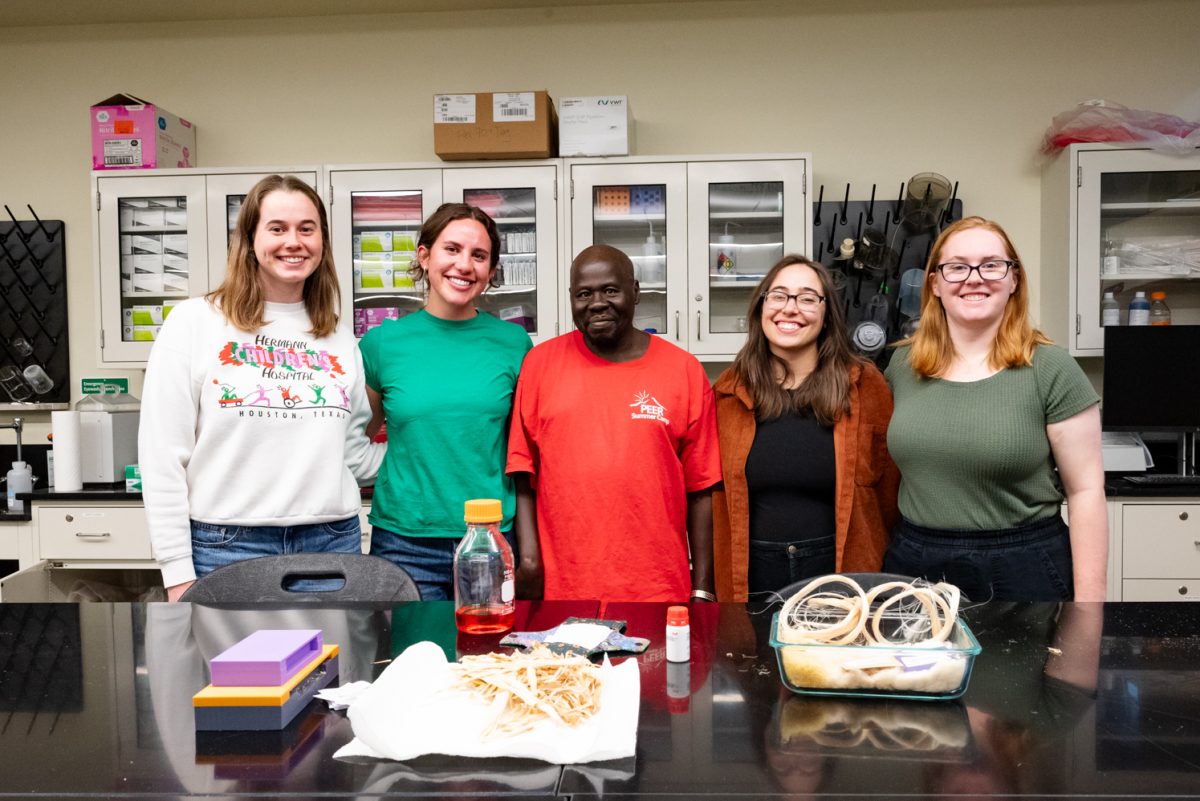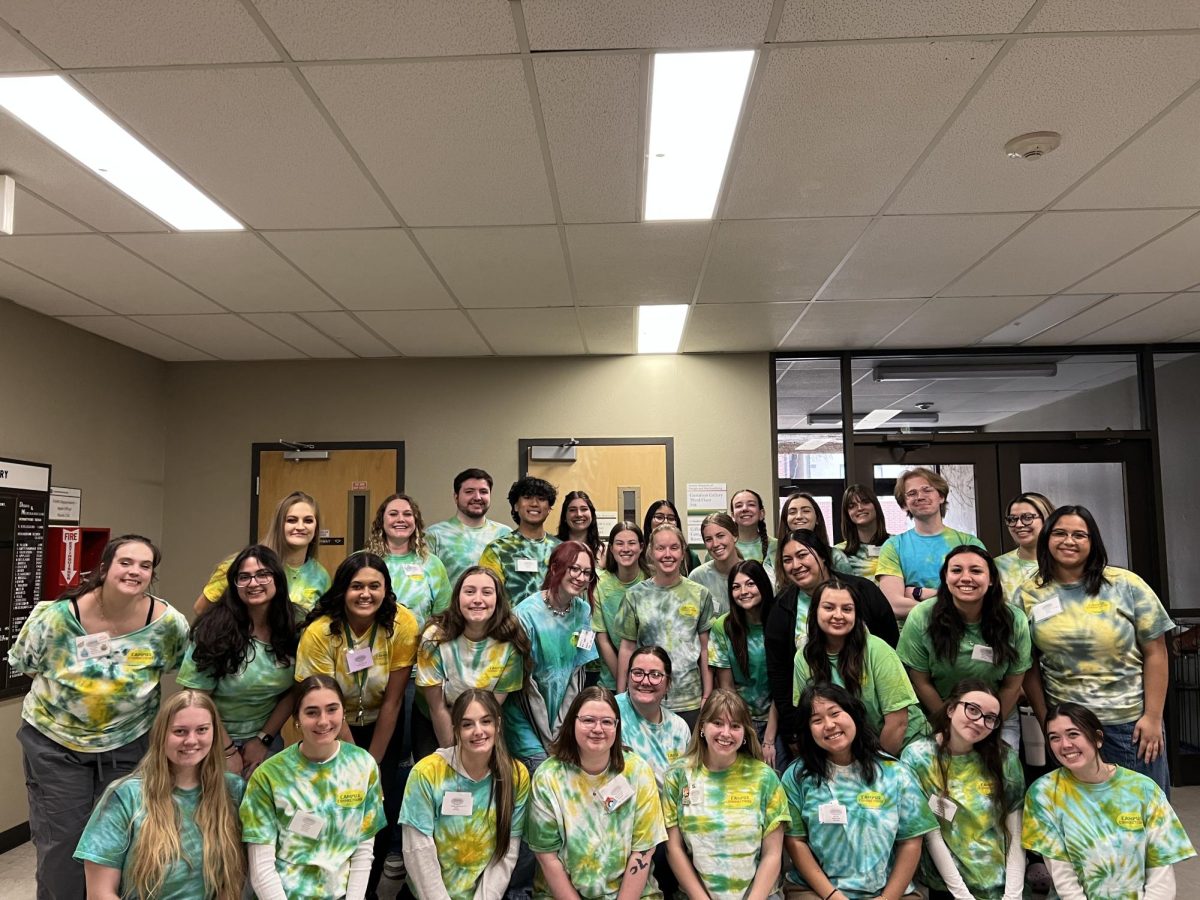Editor’s note: A previous version of “Experimental physicist Rainer Blatt gives presentation on quantum computing” published on May 5 had one inaccuracy. It was stated that research in the measuring and controlling of trapped ions was done at University Colorado, Boulder, but is actually conducted at the National Institute of Standards and Technology in Boulder. We have corrected this mistake.
Rainer Blatt, a scientific director of the Institute for Quantum Optics and Quantum Information at the Austrian Academy of Sciences in Innsbruck, Austria, delivered a presentation at Colorado State University on Thursday, May 3, focusing on quantum computing and quantum technologies for the information age.
“He’s a world leader in experimental quantum computing,” said William Fairbank, who co-ran Blatt’s presentation along with physics professor Siu Au Lee. “Quantum computers are just beginning to get to the stage where they might begin to compete with classical computers. This is an intriguing development for the future.”
During his hour long presentation, Blatt focused on topics such as advances of computer technology, quanta and quantum physics, quantum bits, register and gates, superposition, entanglement, computing with atoms and laser beams and current quantum computations.
Blatt began his presentation by delving into the history of visionary computer development, explaining how quantum mechanics was one of the crowing advancements of the 20th Century, and mentioning early pioneers of computing, such as Charles Babbage and Konrad Zuse, among others.
“Nowadays, we ask ourselves the question, ‘If we have almost 100 years of quantum physics and information science, is that possibly the basis for the technology in the 21st Century?’” Blatt said. “My answer to that is yes.”
Blatt explained that since Zuse’s invention of the first freely programmable mechanical computer over 75 years ago, the means by which computers are able to perform tasks and store information have evolved from the use of mechanics to tubes, transistors and atoms.
The quanta that quantum computers use to store information are elementary packets of matter, such as atoms and electrons, and energy, such as photons. Blatt detailed his research on trapping atoms and manipulating them with lasers.
Blatt’s breakthrough research of manipulating ions in ionic traps occurred during the same time experiments and research at the National Institute of Standards and Technology in Boulder resulted in the measuring and controlling of trapped ions.
Blatt and his team were able to successfully trap several atoms at the same time, and today, more than 70 atoms can be trapped simultaneously.
“We have these single atoms available,” Blatt said. “As a register, each one carries information. They’re lined up, and typically the distance to the center is about four-and-a-half microns. This is what we deal with as a quantum register in our lab every day.”
Quantum computers differ from classical computers in that they are more powerful and can factorize large numbers faster, Blatt said.
Classical bits appear as 0 or 1, but quantum bits, or qubits, appear as 0, 1 and 01. A quantum register will have all of these numbers at the same time, resulting in entangled states.
The largest supercomputers of today would pale in comparison to the largest quantum computers of the future.
Although major technological advancements of quantum computers have only just occurred within the past few decades, physicists such as Blatt continue to make breakthroughs.
Collegian news reporter Matt Bailey can be reached at news@collegian.com or on Twitter @mattnes1999.











